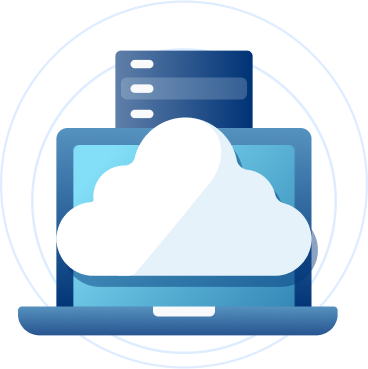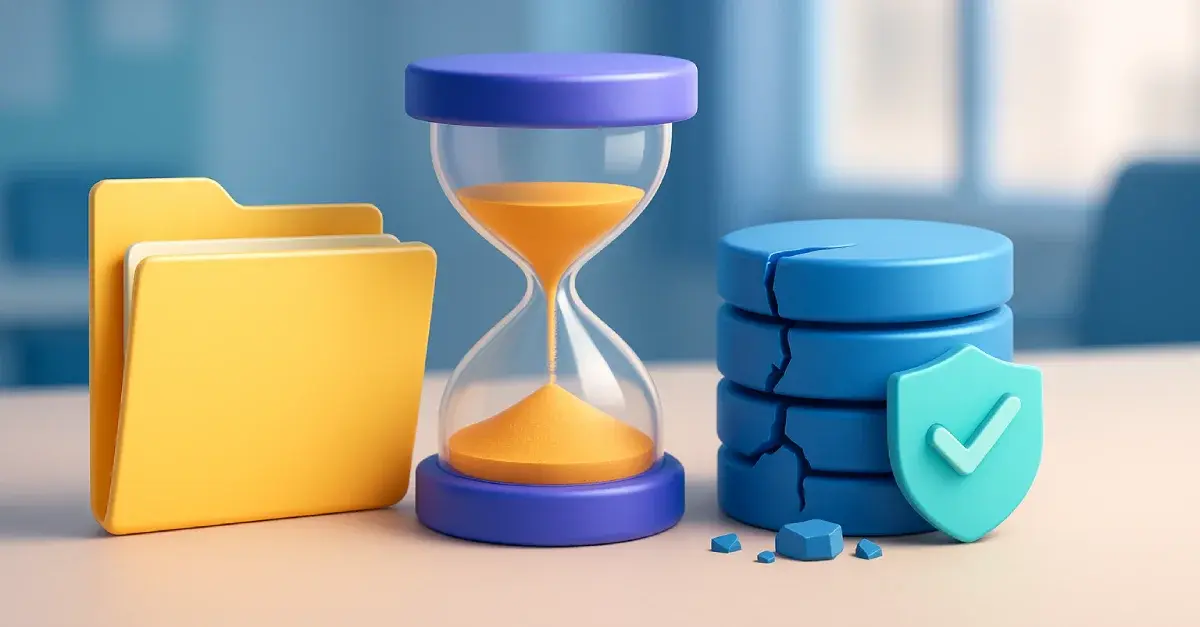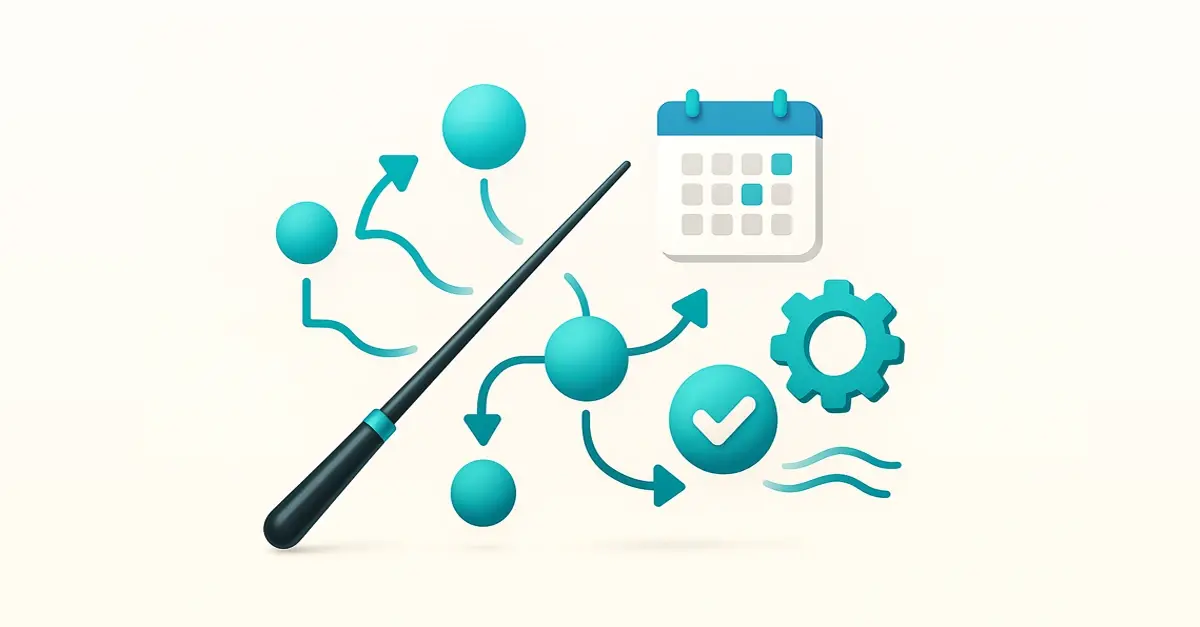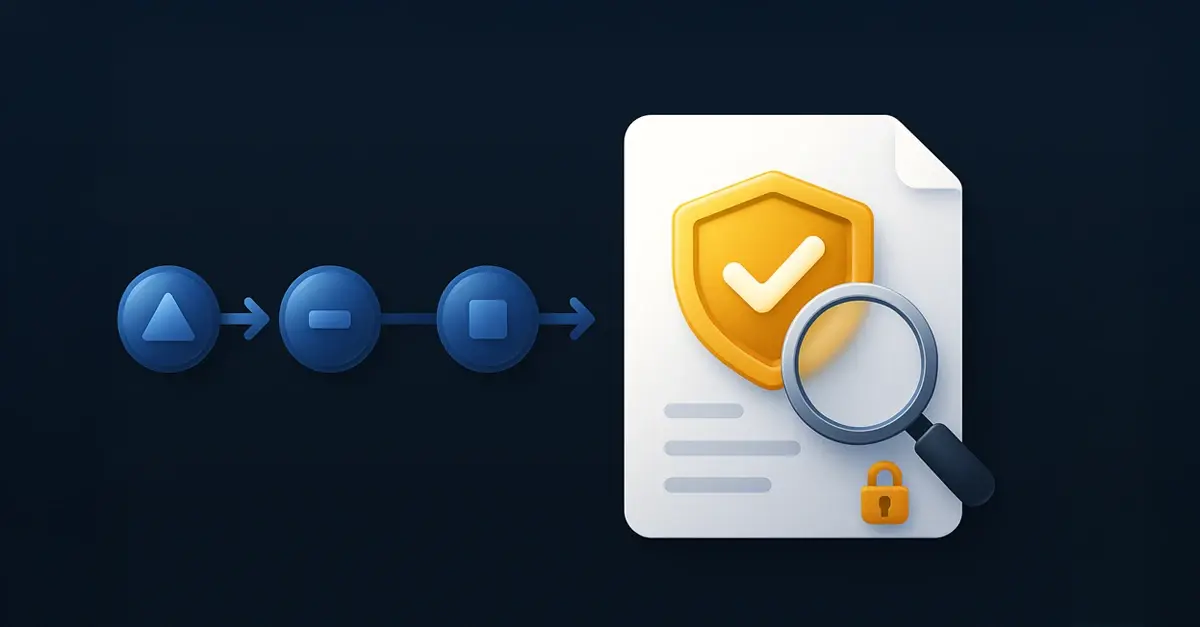Trusted, Clean and Accurate
UBO Data.
-
Reveal True Ownership Uncover hidden UBOs, share structures, and control levels to assess risk with confidence.
-
Cover All Your Markets Broad jurisdictional reach across Europe and North America.
-
Stay Audit-Ready Every datapoint comes with provenance metadata you can show regulators.
-
Scale Without Limits Real-time API or bulk enrichment to fit your workflow.
-
See the Full Picture Link ownership data with 375M+ company records for complete entity networks.








